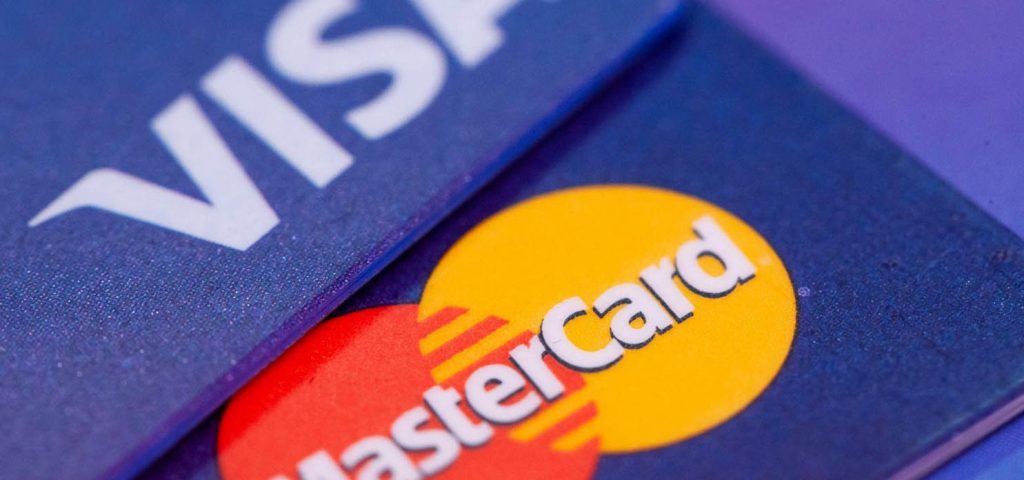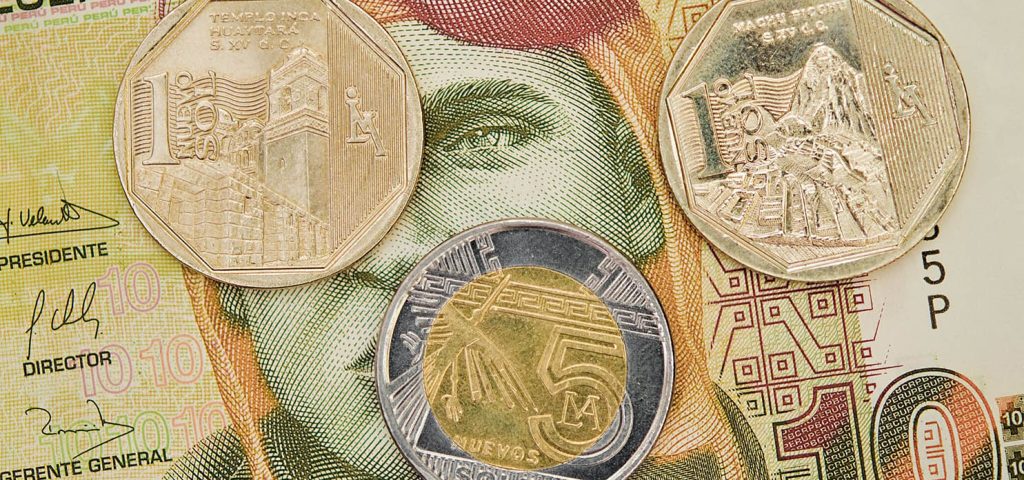During our journey through South America, we naturally passed through Peru, one of the most well-known countries in Latin America. And for good reason, as Peru has nearly everything one imagines of Andean countries. So, we often get asked questions about what to do or see in Peru, or about the necessary procedures. Here are our best travel tips for this fabulous country that is impossible not to love.
What to Do and See in Peru
Traveling to Peru is like being transported to another world. Visiting Peru means discovering one of the 7 new wonders of the world by climbing the lost city of Machu Picchu. It’s having the opportunity to descend into the deepest canyon in the world, or to discover the Moche civilization in the northern region of Peru, around Trujillo.
And then there’s the legendary Andes mountain range, one of the largest and most beautiful mountain chains in the world. And whether in the deepest valleys or at the highest peaks, the landscapes are simply magnificent.
Yes, Peru is all of this and perhaps even more, as there are so many things to see in this typical Andean country. Needless to say, you will come back with a lot of memories!
Before You Go: Formalities for Traveling to Peru
Like in almost all countries in South America, no visa is required for a stay of less than 3 months.
Keep in mind that at the land border, you will be given a paper which corresponds to a stay authorization. You must absolutely keep it until leaving the country, where it will be requested. And if you lose it, you will need to return to immigration to redo your papers.
We were not asked to provide proof of exit from the country (flight or bus ticket), but it seems that it may happen at some borders.
Although there are no particularly dangerous areas in the country (at least on the main tourist routes), it’s a good idea to check the latest recommendations on the Ministry of Foreign Affairs website, which can even alert you to seismic risks.
Regarding vaccines for Peru, we received the usual ones, namely yellow fever (necessary if you go to the Amazon), typhoid, hepatitis A, and the rabies vaccine (not mandatory, but there are many stray dogs in Peru, so it’s up to you to decide).
There is no risk of malaria in Peru, except in the Amazon area. So if you go there, you will be prescribed an antimalarial treatment to take throughout your stay.
When to Go
In broad terms, the dry season in Peru is from May to September. However, the country comprises three major geographical zones: the coast to the west, the Andes, and the Amazon in the northeast. As these regions are quite different, the climate can vary depending on the period.
We ourselves traveled to Peru in March and were fortunate to hardly have any rain.
Budget, Prices, and Cost of Living
In Peru, the currency is called the Nuevo Sol. There are plenty of ATMs in major cities, so it’s easy to withdraw money throughout the country with Mastercard or Visa.
Generally speaking, the quality-price ratio is very attractive in Peru. The food is delicious and inexpensive, charming small guesthouses (bed and breakfasts or small hotels) are easy to find for low prices, and the buses are downright nice for next to nothing.
We averaged spending €31 per day per person, often treating ourselves (meaning we went out, enjoyed nice restaurants, etc.).
Some price examples
- At a restaurant: between €5 and €7 in small restaurants
- Transportation: buses are extremely cheap, examples of what we paid: Paracas/Nazca (4-hour journey): €10 – Nazca/Arequipa (9/10-hour journey): €25 – Arequipa/Cuzco (10-hour journey): €18
- Accommodation: also quite inexpensive: from €6 to €12 for a double room in hostels or small guesthouses
- Examples of outings: 3 days trek in Colca Canyon: €45 – Machu Picchu: €45 (including the climb to Wayna Picchu) – Huaca del Sol: €3 per person – a day at Pastoruri: €10 – Visit to the Ballestas Islands and Paracas Reserve: €19 – Santa Catalina Convent: €10 –
Peruvian Cuisine
Peruvian cuisine, like the rest of the country, is simply amazing. During our stay, we sampled a variety of typical Andean culinary specialties. Among others, we tried cuy, the small guinea pigs found everywhere in the country, ceviche, a salad made from marinated seafood in lime juice and chili peppers. Of course, we also indulged in exotic fruits.
For more details, we invite you to check out this article we dedicated specifically to Peruvian culinary specialties.

Transportation
Buses in Peru are of good quality compared to neighboring countries like Bolivia. They are also very cheap. There are many bus companies connecting almost all major cities in the country. To compare schedules and prices of different companies, you can visit the RedBus website (formerly Bus Portal), which will help you see more clearly before buying your ticket. However, it’s not possible to book online; you’ll need to go to the bus terminal.
From our experience, the best bus company in Peru was Cruz del Sol. Of course, this is our perception, but the buses are of very good quality, quite new, and in some cases, there is even wifi on board. Moreover, we’re not the only ones who appreciate it; this company is particularly popular among tourists and backpackers.
Then there are the collectivos, these often crowded minibusses found everywhere in major cities. Cheap and very typical, one takes the collectivo as much for getting around as for being immersed in the daily life of Peruvians, so it’s something you should do at least once!
We couldn’t mention transportation in Peru without mentioning the train to Aguas Calientes and Machu Picchu, which is very expensive. Count almost €200 for a round trip from Cusco. The three train companies dominating the market take advantage of this by applying exorbitant prices (compared to the country’s standard of living).
Safety: Is Peru Dangerous?
To dispel any doubts, we didn’t feel any more danger in Peru than in other South American countries. We followed the basic rules of safety, such as keeping an eye on our belongings and avoiding walking around with expensive camera gear too conspicuously. However, some border crossings in the north of the country are known to be dangerous, with the usual suspects like fake police officers or attempted extortion.
The basic rule in Peru is therefore to never be alone. Neither on a bus nor on a street. And don’t forget to keep your passport close to you.
Accommodation
From the north at the Ecuadorian border to the south, towards Bolivia, it’s easy to find very nice double rooms in Peru. There are many youth hostels where a double room will cost you between €10 and €15.
As in all of Latin America, there’s no need to book weeks in advance. In fact, as always for us, we never booked, and it never posed a problem. The guesthouses are of good quality, breakfast is often included in the price. And the height of comfort, hot water works most of the time. However, be careful, hot water is often provided with electric shower systems.
Never touch the thing above your head, there’s a big risk of electrocution, as the standards are often lacking.
Peru was a favorite country for us, a condensed version of everything you can find in Latin America. Needless to remind you how we felt climbing to the top of Machu Picchu, huh, we’ll let you discover the article. Know that few places in the world will immerse you as much as Peru, with a real ease of travel. Little danger, lots of good things to eat, and a fascinating Andean people, all in stunning scenery…

Practical Information for a Trip to Peru
Language: The main language spoken in Peru is Spanish. Additionally, Quechua and Aymara are spoken by indigenous people in the mountains. Since English is not widely spoken, it’s helpful to learn some Spanish before traveling to Peru.
Travel Documents: Ensure that your passport is valid for at least 6 months upon arrival in Peru. Upon entry, you should receive an entry stamp in your passport, which is important. Citizens of Belgium and the Netherlands do not need a visa; upon arrival, you’ll receive a free tourist visa valid for 90 days. If you fall in love with Peru, you can extend this visa up to 3 times, each for 30 days.
Clothing: Good hiking shoes are essential. Bring enough warm and windproof clothing, especially in the mountains where it can be quite chilly. Also, having a lightweight rain jacket is useful.
Best Time to Travel: Seasons in the southern hemisphere are opposite to those in Belgium. Peru has a wet season (December-April) and a dry season (May-November), but this varies by region. The dry season is the best time to visit, but Peru can still be visited during the wet season.
Money & Costs: The currency is the Nuevo Sol. You can withdraw cash from ATMs in most places (using Mastercard, Eurocard, and bank cards with a Cirrus symbol), but this may not be possible in the Colca Canyon. Credit cards are only accepted in more expensive hotels and shops. It’s handy to have some cash in small denominations with you.
Embarking on a journey to Peru promises to be an unforgettable adventure filled with rich culture, stunning landscapes, and warm hospitality. With practical information at hand, from language tips to travel documents, you’re well-prepared to explore this remarkable country. Whether you’re marveling at the ancient ruins of Machu Picchu, trekking through the breathtaking Andes mountains, or savoring the flavors of Peruvian cuisine, each moment in Peru is bound to leave a lasting impression. So, pack your bags, lace up your hiking shoes, and get ready to discover the magic of Peru. Safe travels and happy exploring!
